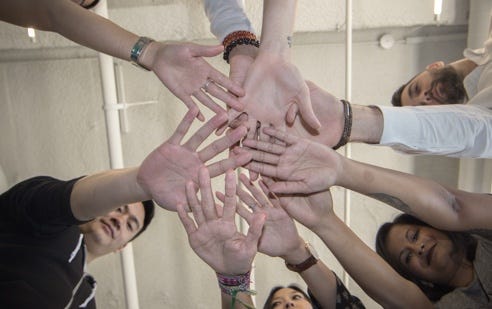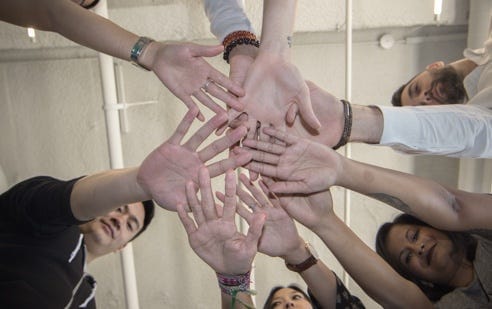
Diversity, Equity & Inclusion has arguably become the biggest issue in tech over the last several years. Nearly every major name in the industry has released its diversity numbers, sharing with the world the demographic makeup of their workforce. Today at Hired, we’re adding our name to that list, as well as including information on our employee compensation by gender. While it’s a step that we’re proud to take in the spirit of transparency that we hope to embody and spread throughout our industry, we see it not as an accomplishment but instead as the first small step of what will undoubtedly be a very long and important journey.
Our view on diversity is that it can’t be achieved in a quarter, a year or even a few years. The reality is that this is a long-term process that starts with looking inward.
So what does that mean, exactly? For Hired, the watchword is “authenticity.” Given where we sit within the recruiting industry, we feel that we have a responsibility to our clients, our employees, the candidates on our platform and the industry at large to serve as a catalyst for change in how hiring is done. This includes championing strategies and best practices that lead to a more diverse workforce. And we simply can’t do this in a credible or genuine way without first ensuring that we embody and live those values internally.

Releasing this data is just one small step in an intense multiyear process of thinking about what DE&I means at Hired. In the course of that process, one thing has become abundantly clear: diversity can’t be about instant gratification. While I applaud the tech industry for taking steps to be more transparent and candid about this issue, the focus on numbers and quick wins is short sighted and has led to mixed results more or less across the board.
The reality is that too many companies rush to start measuring the success of their DE&I initiatives without first understanding and working on the fundamentals. This means focusing as much on equity and inclusion as on diversity, or even on equity and inclusion before diversity. You can be the most diverse company in the world, but if you aren’t fostering a positive environment for employees of all backgrounds within your organization, then all your numbers are for naught.
To really address this issue, we have to stop focusing so much on charts and statistics, and start with long-term thinking. This means having candid and, at times, uncomfortable conversations within our organizations. It means ensuring that equity, inclusion and diversity are values that are lived day in day out; not buzzwords that show up in corporate trainings once per year. It also means coming together to create industry-wide initiatives aimed at growing the overall pool of underrepresented talent.
We need to realize that making real progress down the road might mean that we don’t have much to show the world for the next 18 to 24 months, and that we need to be OK with that. The trade-off is meaningful, lasting results that will truly move the needle for our industry. Without this kind of approach, we’ll continue to play a zero-sum game that pits companies against each other over a very small number of underrepresented individuals, without ever actually getting to the heart of the problem.
So while we are proud to take this first step, we see it as necessary but far from sufficient. We know we all have a lot more work to do to spur the kind of change we feel is necessary to truly build an equitable, inclusive and diverse team both at Hired and within our industry. I hope you’ll join us.







